Home>Gardening & Outdoor>Landscaping Ideas>When Does Grass Pollen Go Away
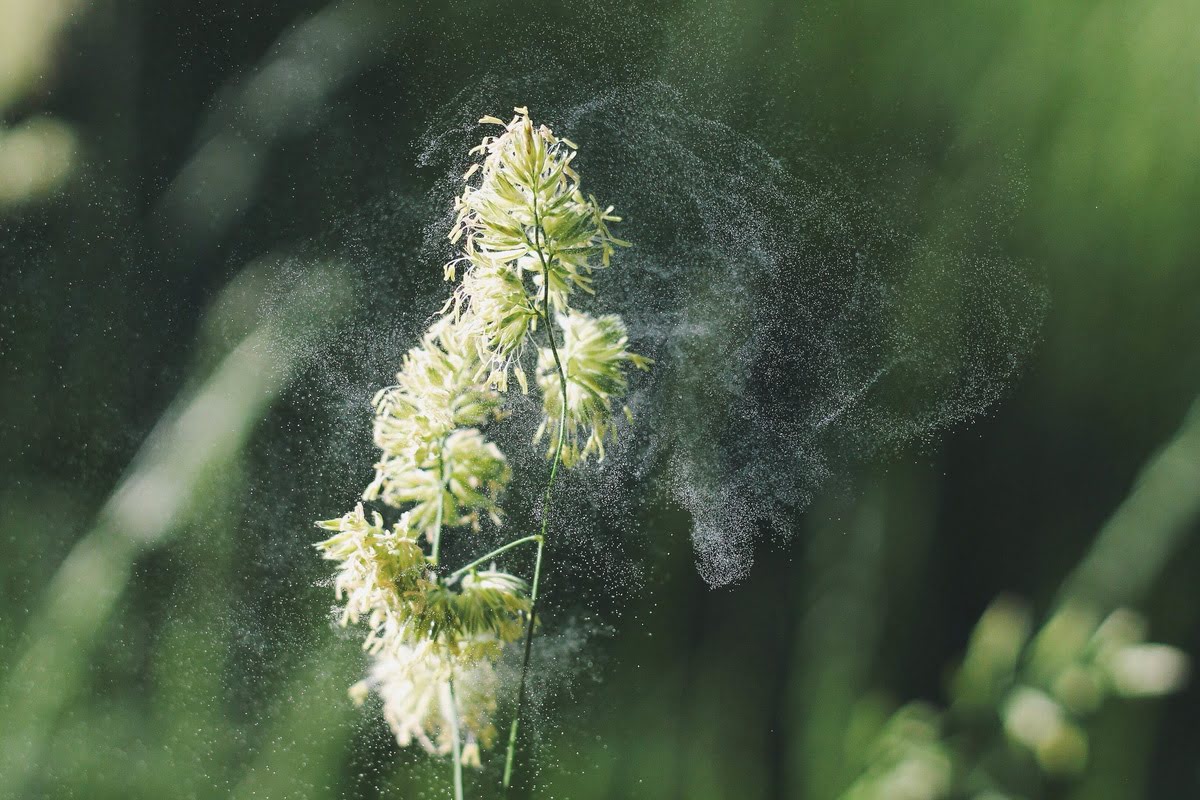

Landscaping Ideas
When Does Grass Pollen Go Away
Modified: August 17, 2024
Learn when grass pollen goes away and get landscaping ideas to minimize its impact on your outdoor space. Find relief from seasonal allergies with our expert tips.
(Many of the links in this article redirect to a specific reviewed product. Your purchase of these products through affiliate links helps to generate commission for Storables.com, at no extra cost. Learn more)
**
Introduction
**
Are you someone who eagerly anticipates the arrival of spring, only to find yourself dreading the inevitable onslaught of seasonal allergies? If so, you're not alone. For many individuals, the transition from winter to spring is marked by the unwelcome return of grass pollen, triggering a host of allergic reactions that can put a damper on outdoor activities and overall well-being.
Understanding the nature of grass pollen, its peak season, and the factors that influence its prevalence can empower you to take proactive measures to minimize exposure and alleviate allergy symptoms. In this comprehensive guide, we'll delve into the intricacies of grass pollen, explore its peak season, discuss the various factors that impact pollen levels, and offer practical tips for reducing your vulnerability to this common allergen.
So, if you're ready to bid farewell to incessant sneezing, itchy eyes, and congestion, fasten your seatbelt as we embark on a journey to uncover the mysteries of grass pollen and equip ourselves with the knowledge needed to navigate allergy season with confidence.
Key Takeaways:
- Grass pollen peaks in late spring and early summer, causing allergies. Monitor pollen forecasts, manage indoor environment, and time outdoor activities to minimize exposure and enjoy the warmer months.
- Factors like weather, local flora, and human activity influence grass pollen levels. By understanding and managing these factors, individuals can proactively reduce vulnerability to grass pollen and alleviate allergy symptoms.
Read more: When Does Grass Pollen Stop
Understanding Grass Pollen
Before delving into strategies for mitigating the impact of grass pollen, it’s essential to grasp the fundamentals of this pervasive allergen. Grass pollen is a fine, powdery substance produced by the male reproductive organs of grass plants. While the purpose of pollen is to fertilize other plants of the same species, it inadvertently triggers allergic reactions in susceptible individuals.
Grass pollen is dispersed into the air through a process called pollination, which is primarily driven by wind. As a result, even individuals who do not come into direct contact with grass can still experience allergy symptoms when grass pollen is airborne. This makes grass pollen particularly challenging to avoid during peak seasons, as it can travel great distances and infiltrate indoor spaces.
Furthermore, the composition of grass pollen can vary depending on the specific type of grass species. Some grasses produce pollen that is more allergenic than others, contributing to variations in individual responses to different grass species. Understanding the characteristics of prevalent grasses in your region can help you anticipate and prepare for heightened pollen levels.
As with other allergens, the body’s immune system identifies grass pollen as a threat and releases histamines, triggering the classic symptoms of hay fever, including sneezing, congestion, itchy eyes, and throat irritation. For individuals with asthma, exposure to grass pollen can exacerbate respiratory symptoms, leading to wheezing and shortness of breath.
By gaining insight into the nature of grass pollen and its mechanisms of dispersion, you can better appreciate the challenges posed by this ubiquitous allergen and approach allergy management with informed decision-making and effective strategies.
Peak Grass Pollen Season
The peak grass pollen season varies depending on geographic location and prevailing climate conditions. In general, however, the majority of grasses release pollen during late spring and early summer, typically from May to July in the Northern Hemisphere. This period coincides with warmer temperatures and longer daylight hours, which stimulate grass growth and reproductive activity.
During the peak season, grass pollen levels can reach their highest concentrations, posing a significant challenge for individuals prone to allergic reactions. Weather patterns, such as dry and windy conditions, can exacerbate the dispersal of pollen, intensifying exposure and triggering allergic symptoms in susceptible individuals.
It’s important to note that the timing and duration of the peak grass pollen season can vary based on regional factors, including the prevalence of specific grass species and local climate patterns. Monitoring pollen forecasts and staying informed about seasonal trends in your area can aid in preparing for heightened pollen levels and implementing preventive measures.
For those who enjoy outdoor activities, especially during the warmer months, being mindful of the peak grass pollen season is crucial for minimizing allergy-related disruptions. By understanding when pollen levels are at their highest, individuals can plan outdoor excursions and recreational pursuits with greater foresight, potentially reducing the impact of grass pollen on their well-being.
Furthermore, healthcare providers often recommend that individuals with grass pollen allergies prepare for the peak season by proactively managing their allergy symptoms. This may involve initiating allergy medications or treatments before the onset of the peak season to build up resistance and alleviate the effects of pollen exposure.
By familiarizing yourself with the timing and characteristics of the peak grass pollen season, you can take proactive steps to safeguard your health and well-being during this challenging period, allowing you to make the most of the warmer months without being hindered by allergy symptoms.
Grass pollen typically peaks in late spring and early summer, then starts to decrease in late summer. It usually goes away completely by the end of summer or early fall. Keep an eye on local pollen counts to know when it’s safe to spend more time outdoors.
Factors Affecting Grass Pollen Levels
The prevalence of grass pollen is influenced by a multitude of factors, each contributing to the fluctuation of pollen levels and the subsequent impact on individuals with allergies. Understanding these variables can provide valuable insights into the dynamics of grass pollen distribution and help individuals anticipate and manage their allergy symptoms more effectively.
1. Weather Conditions: Weather plays a pivotal role in shaping grass pollen levels. Dry, windy weather can facilitate the dispersal of pollen over long distances, intensifying exposure and exacerbating allergic reactions. Conversely, rain can temporarily suppress pollen activity by dampening the airborne particles. Monitoring weather forecasts and adjusting outdoor activities accordingly can help minimize exposure during periods of heightened pollen levels.
2. Local Flora: The composition of grass species in a specific area significantly influences the prevalence and allergenicity of pollen. Certain grasses produce higher quantities of pollen, while others may contain proteins that elicit stronger allergic responses. Familiarizing oneself with the prevalent grass species in a given region can aid in anticipating and preparing for peak pollen seasons.
3. Geographic Location: The geographic distribution of grasses and prevailing climate conditions contribute to regional variations in pollen levels. Coastal regions, for example, may experience different pollen patterns compared to inland areas. Understanding the unique characteristics of your local environment can inform allergy management strategies tailored to your specific location.
4. Human Activity: Human activities, such as lawn mowing and agricultural practices, can agitate grasses and disperse pollen into the air. Additionally, urbanization and landscaping choices can impact local pollen levels. Being mindful of potential sources of pollen generation in your surroundings can help minimize exposure and reduce the risk of allergy symptoms.
5. Pollen Counts: Regular monitoring of pollen counts through local reporting services or online resources can provide valuable insights into the current pollen levels in your area. By staying informed about pollen counts, individuals can adjust their plans and implement preventive measures to mitigate the effects of heightened pollen activity.
By recognizing the diverse factors that influence grass pollen levels, individuals can adopt a proactive approach to managing their allergies and minimizing the impact of pollen exposure. Armed with knowledge about these influencing factors, individuals can make informed decisions to protect their well-being during peak pollen seasons and throughout the year.
How to Minimize Exposure to Grass Pollen
Minimizing exposure to grass pollen is a key strategy for mitigating allergy symptoms and maintaining overall well-being, especially during peak pollen seasons. By implementing practical measures to reduce contact with airborne pollen particles, individuals can significantly alleviate the impact of grass pollen allergies. Here are several effective ways to minimize exposure:
- Monitor Pollen Forecasts: Stay informed about local pollen forecasts to anticipate periods of heightened pollen levels. Adjust outdoor activities and plans based on predicted pollen counts to minimize exposure.
- Indoor Environment Management: Keep windows and doors closed during peak pollen season to prevent pollen from entering indoor spaces. Use air purifiers with HEPA filters to improve indoor air quality and reduce the concentration of airborne pollen particles.
- Personal Protective Measures: When spending time outdoors, consider wearing sunglasses to shield your eyes from pollen, and use a pollen mask to reduce inhalation of airborne particles. Additionally, changing clothes and showering after outdoor activities can help remove pollen from your body and clothing.
- Timing of Outdoor Activities: Plan outdoor activities during times when pollen levels are lower, such as after rainfall or in the late afternoon and early evening. These periods often coincide with reduced pollen dispersal, minimizing exposure.
- Landscaping Practices: If you have a lawn or garden, consider landscaping choices that minimize the presence of allergenic grasses. Regular lawn maintenance, including mowing and trimming, can help control pollen production in your immediate environment.
- Allergy Medications: Consult with a healthcare professional to explore appropriate allergy medications or treatments that can help alleviate symptoms and reduce the body’s sensitivity to grass pollen. Initiating medication before the peak pollen season can build up resistance and provide proactive relief.
- Allergen Avoidance: Identify and avoid direct contact with grassy areas, especially during mowing or gardening activities. Delegate these tasks to non-allergic household members or consider hiring professional services to minimize personal exposure to grass pollen.
By incorporating these practical strategies into your daily routine and outdoor activities, you can proactively reduce your vulnerability to grass pollen and enjoy a more comfortable and symptom-free experience, even during the peak pollen season.
Read more: When Does Grass Pollen Season Start
Conclusion
As we navigate the seasonal challenges posed by grass pollen allergies, it’s essential to equip ourselves with a comprehensive understanding of pollen dynamics, peak seasons, and effective strategies for minimizing exposure. By delving into the intricacies of grass pollen and its impact on individuals with allergies, we gain valuable insights that empower us to proactively manage our well-being and enjoy the outdoors with greater comfort and confidence.
Understanding the peak grass pollen season and the factors that influence pollen levels enables us to make informed decisions about outdoor activities, personal protective measures, and allergy management. By closely monitoring pollen forecasts, staying informed about regional pollen patterns, and implementing practical strategies to reduce exposure, we can significantly mitigate the impact of grass pollen allergies on our daily lives.
Furthermore, leveraging indoor environment management, personal protective measures, and appropriate allergy medications can further enhance our ability to navigate peak pollen seasons and minimize allergy-related disruptions. By taking a proactive approach to allergen avoidance and symptom management, we can foster a more enjoyable and fulfilling experience, even amidst heightened pollen activity.
Ultimately, by embracing the knowledge and strategies outlined in this guide, individuals can embrace the arrival of spring and summer with greater resilience and vitality, unencumbered by the challenges of grass pollen allergies. With a proactive mindset and a comprehensive toolkit for minimizing exposure, we can savor the beauty of the outdoors and the joys of the warmer months, free from the constraints of allergy symptoms.
So, as we embark on this journey of understanding and empowerment, let’s embrace the opportunities to thrive amidst nature’s splendor, armed with the knowledge and strategies to conquer the challenges posed by grass pollen allergies.
Frequently Asked Questions about When Does Grass Pollen Go Away
Was this page helpful?
At Storables.com, we guarantee accurate and reliable information. Our content, validated by Expert Board Contributors, is crafted following stringent Editorial Policies. We're committed to providing you with well-researched, expert-backed insights for all your informational needs.
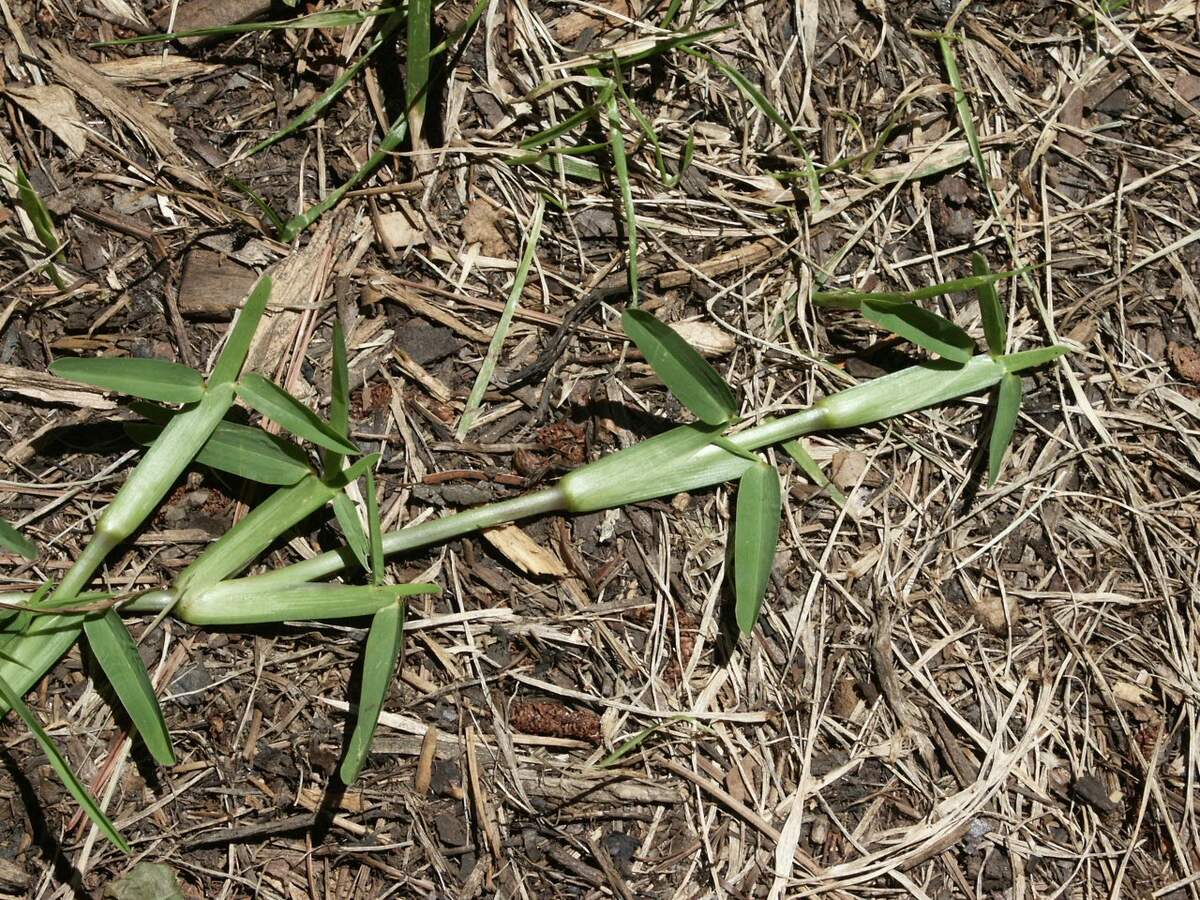

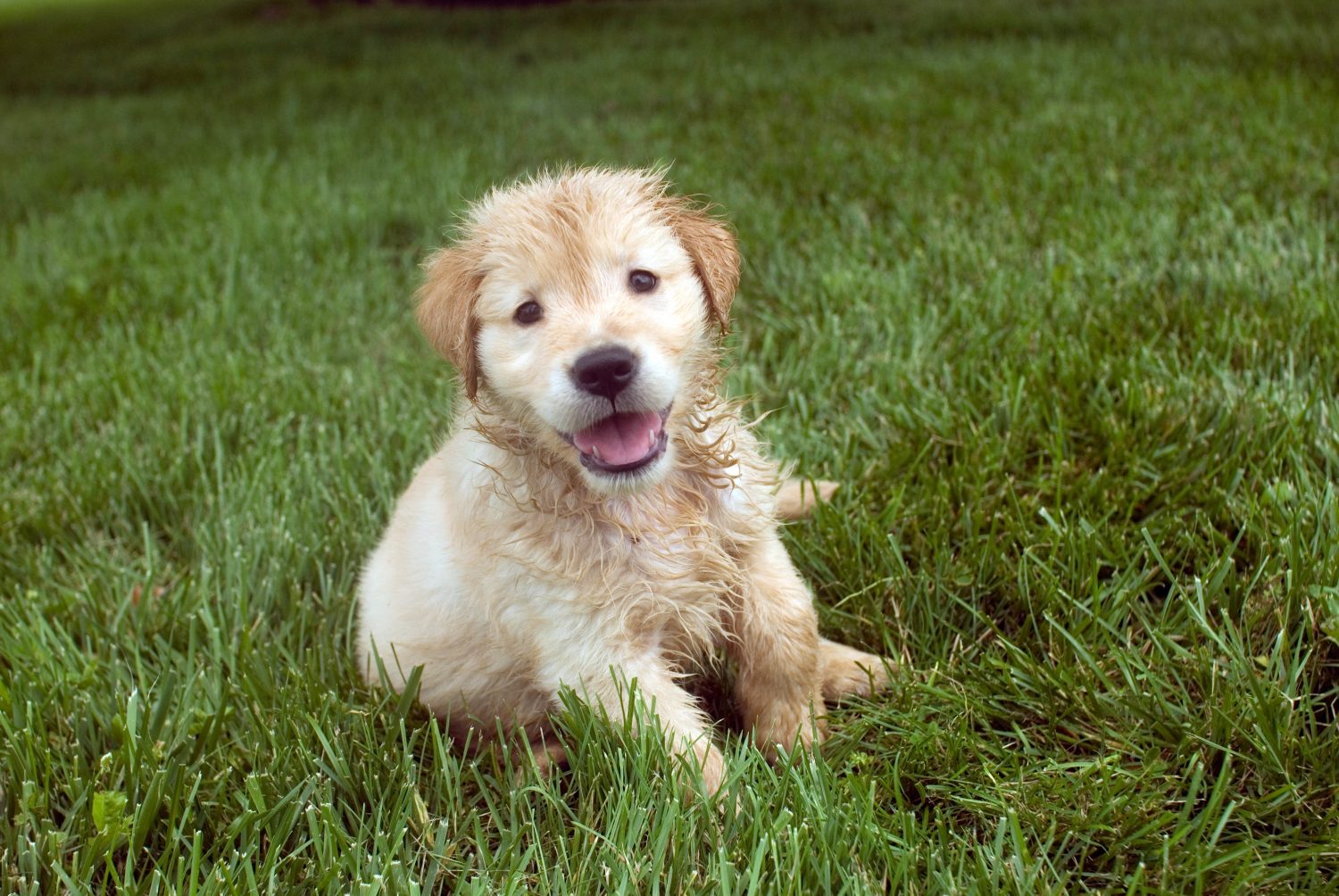
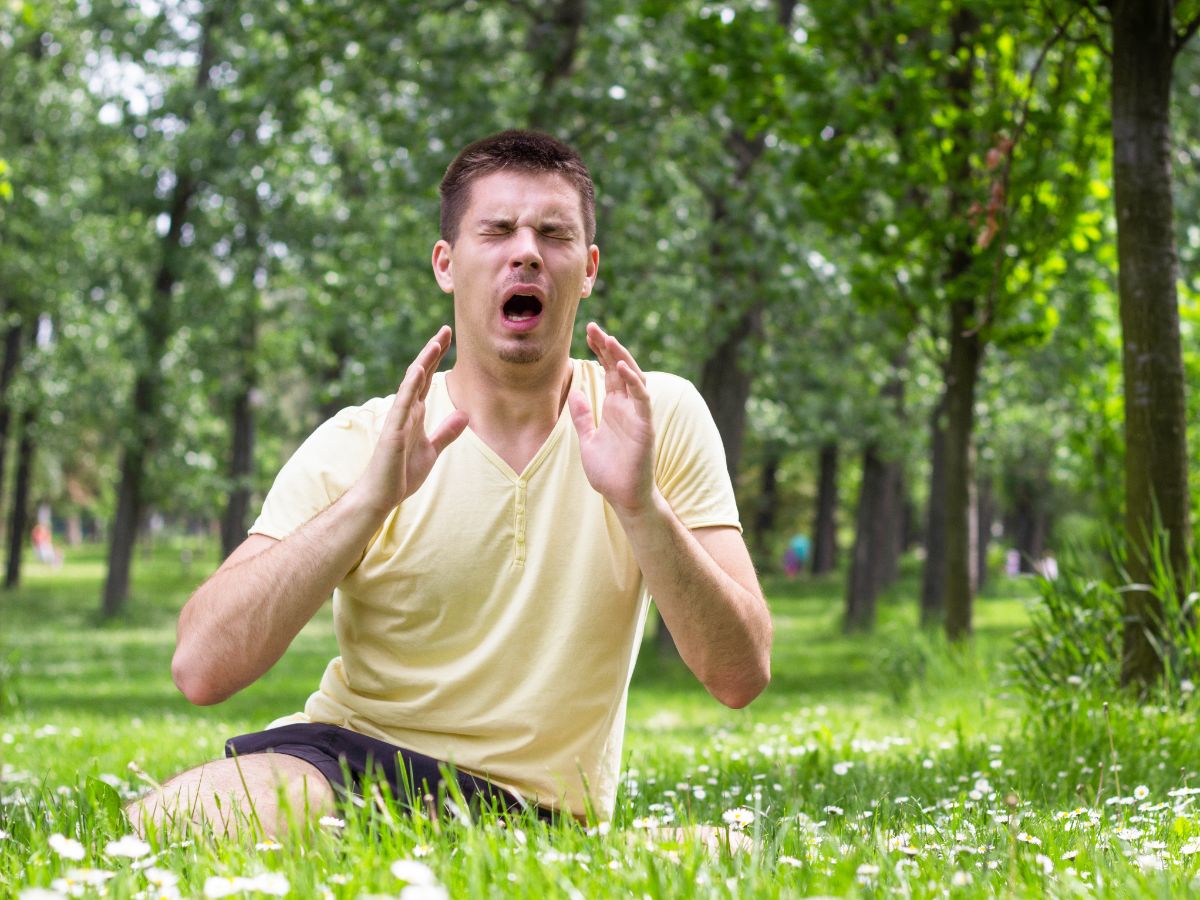

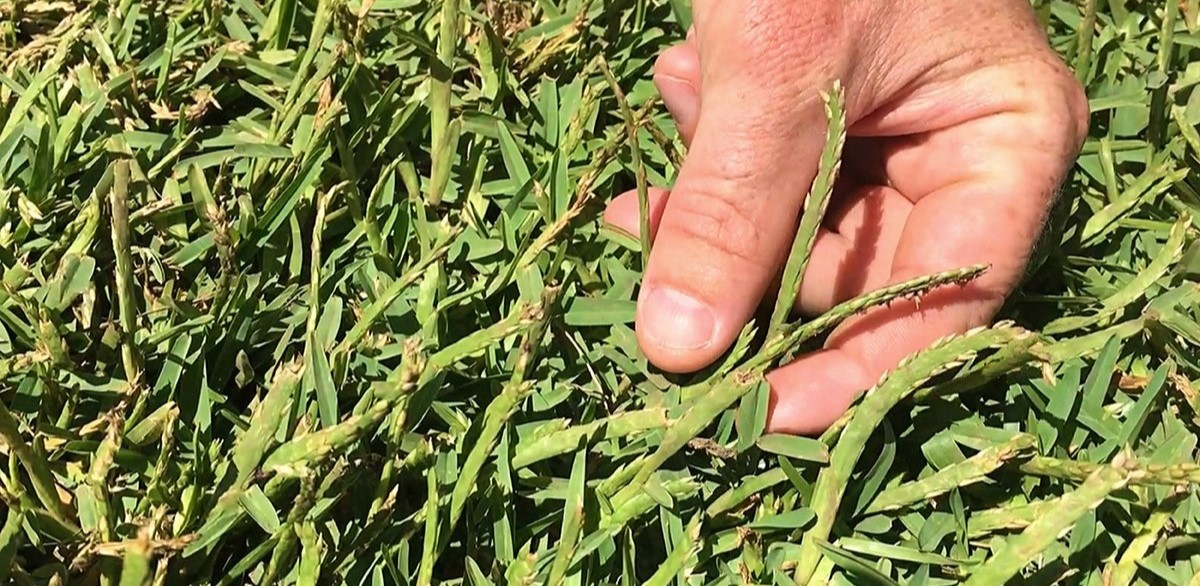
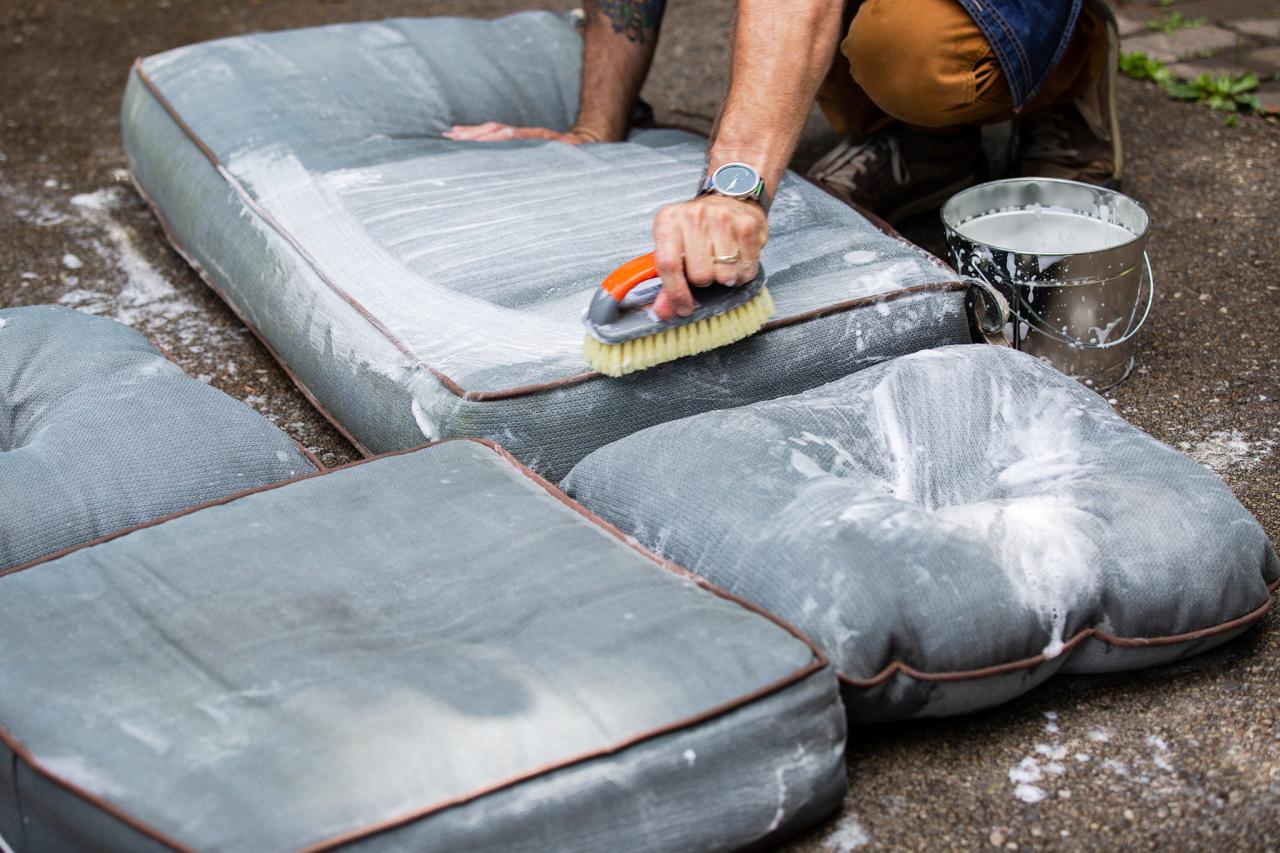
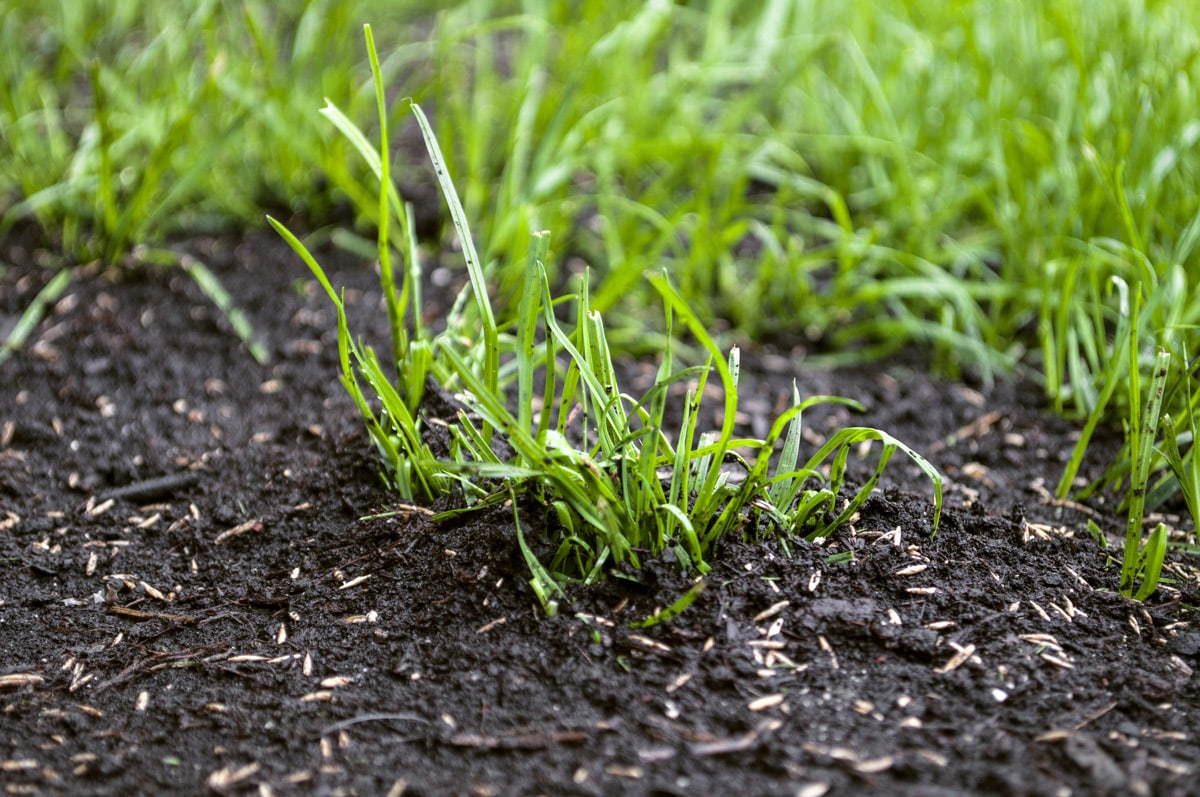

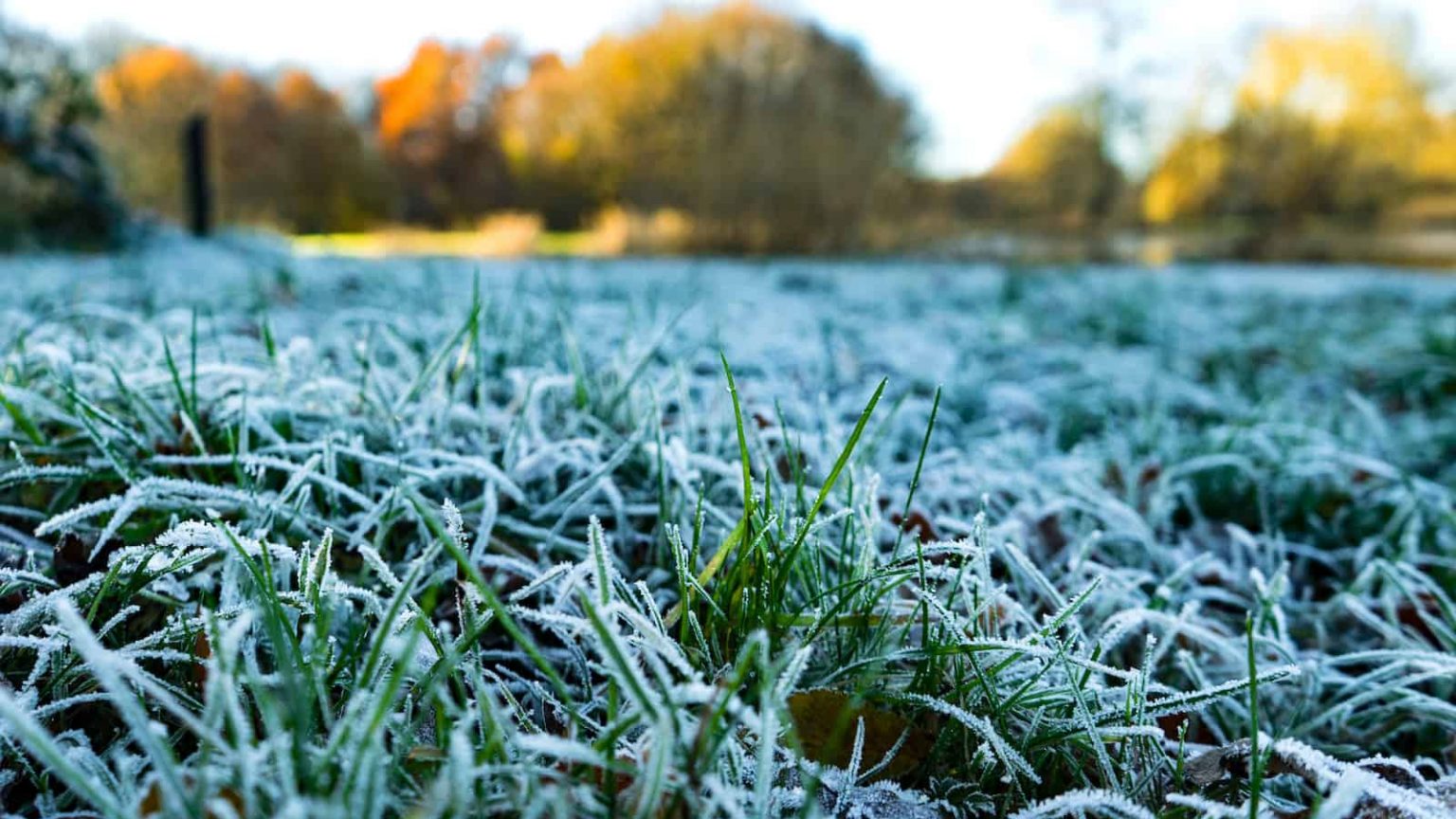
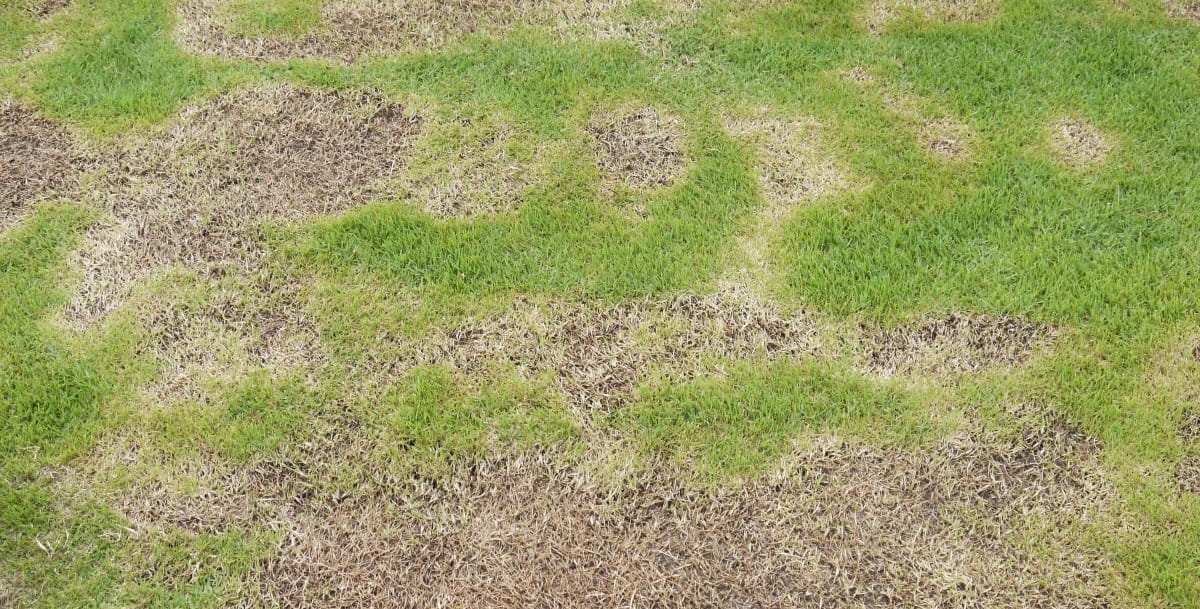

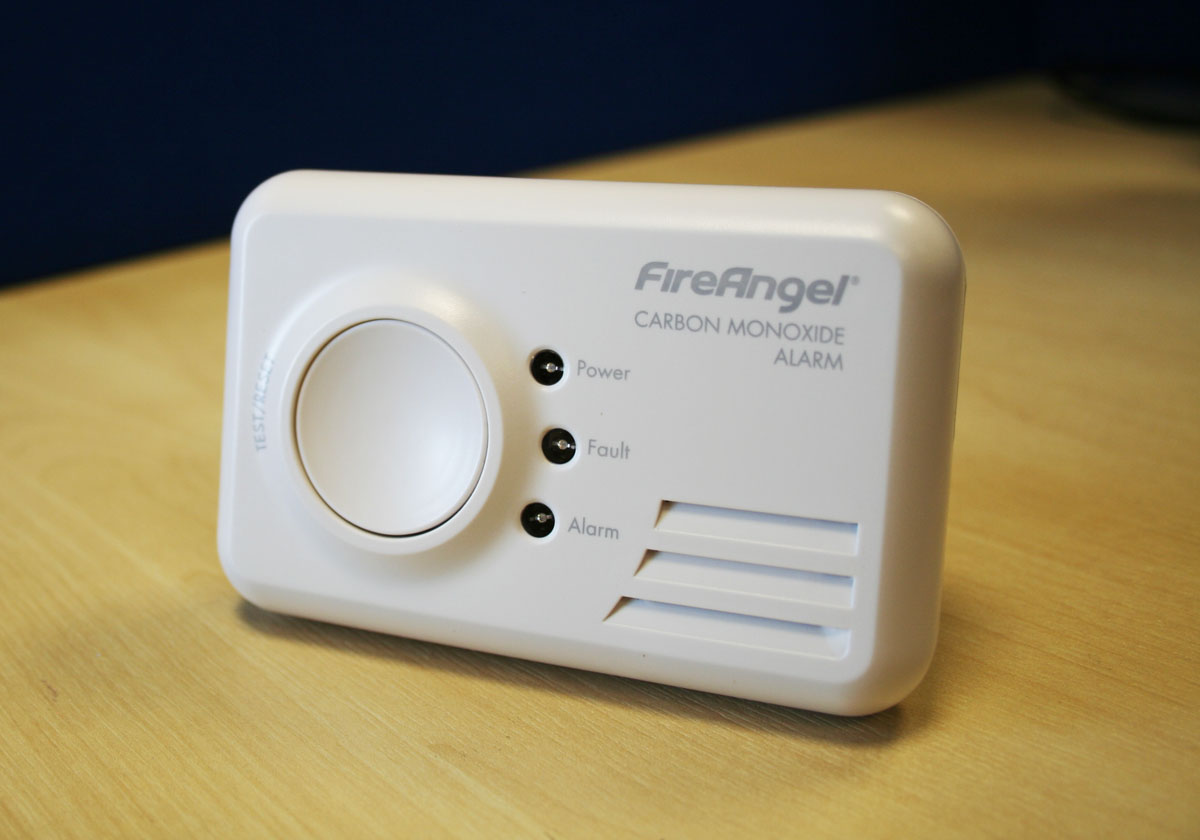
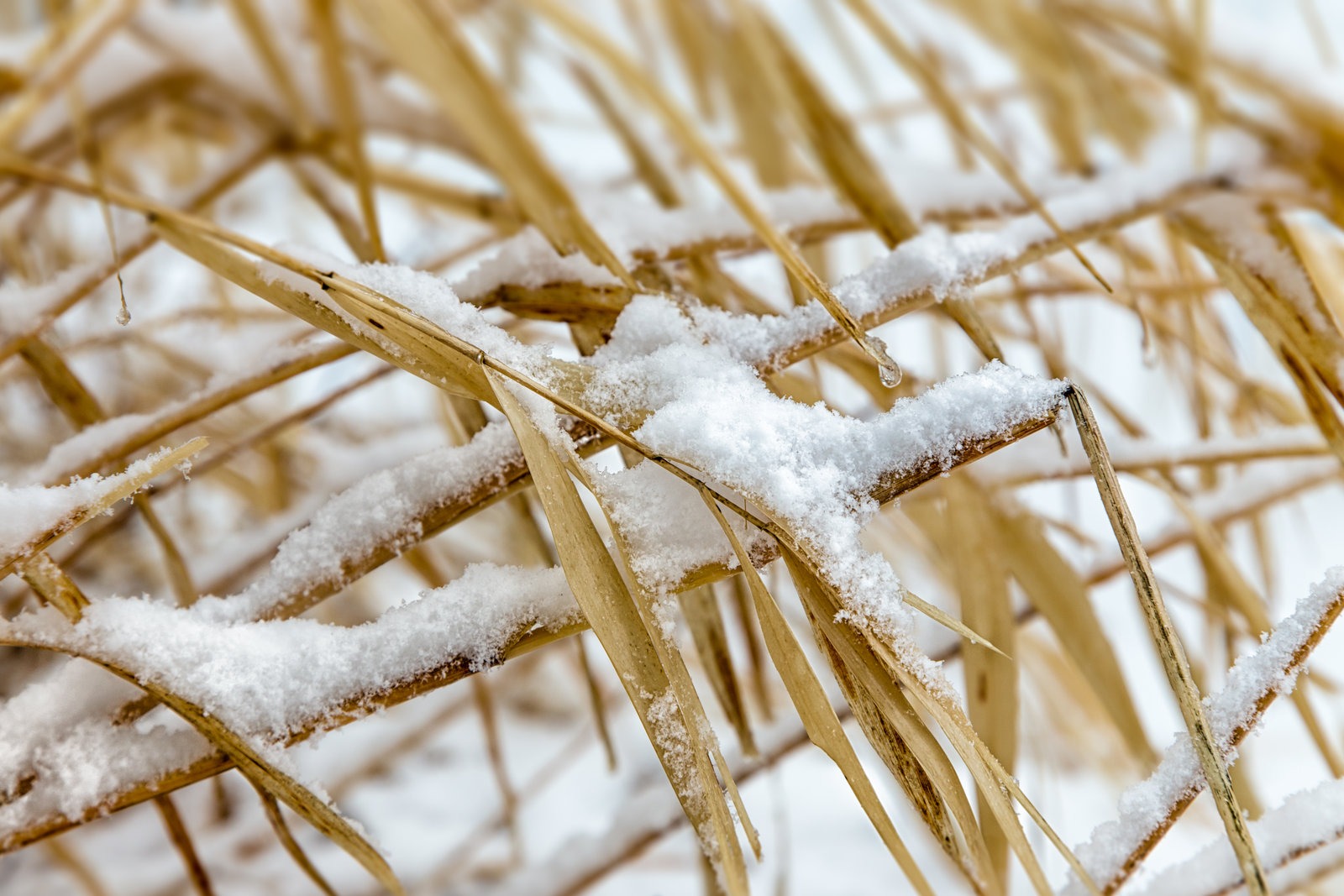

0 thoughts on “When Does Grass Pollen Go Away”